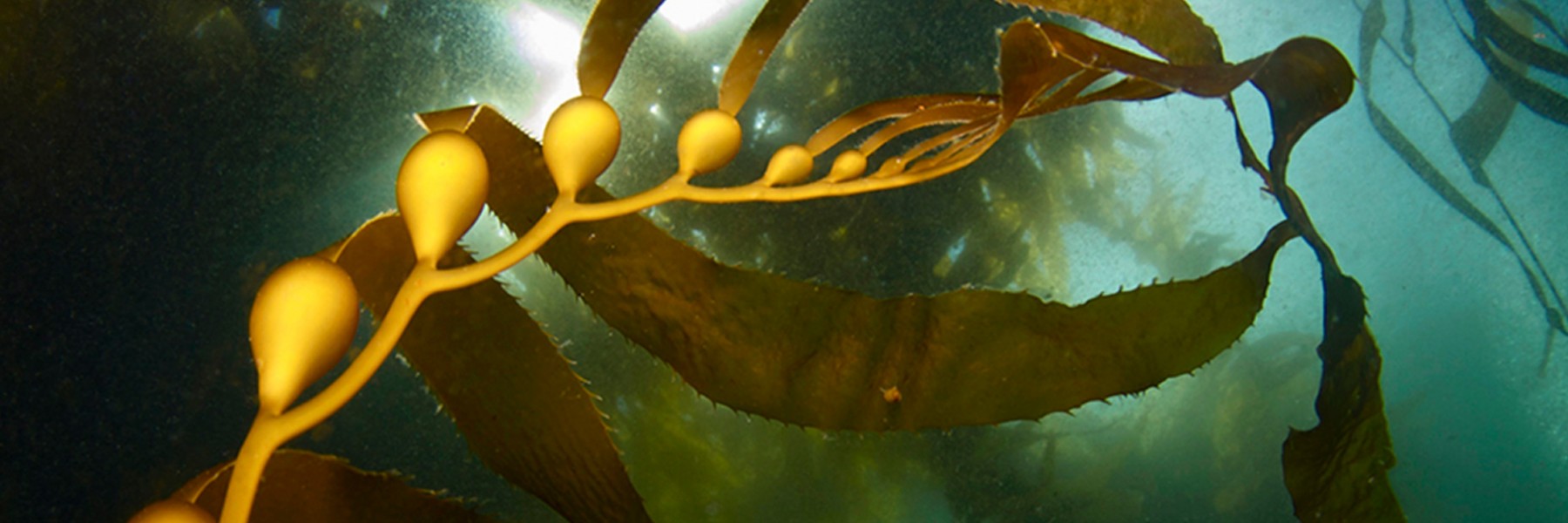Equity, Diversity, Inclusivity, and Wellness
The EEMB Department is particularly interested in providing educational opportunities for students from diverse backgrounds and from groups that are underrepresented in the biological sciences, as well as military veterans, and students with disabilities.
UCSB Resources
We also take advantage of a number of special University of California and UCSB resources including:
- The University of California Natural Reserve System, a network of sites spanning California’s diversity of ecosystems,
- The Santa Barbara Coastal Long-Term Ecological Research Site, where we have been monitoring the interactions between kelp beds, the open ocean, and the local coastline since 2000, and
- The Moorea Long-Term Ecological Research Site, where we have been studying the community ecology and biogeochemistry of tropical coral reefs since 2004.
What We Do
We study how living organisms interact with their environments and with each other, shaping and being shaped by the world around them. Our research interests span biological scales from the physiology and morphology of the individual, to the behavior of groups, to the functioning of ecosystems. We examine how organisms function in their present environments, how they have been shaped by their evolutionary past, and how they may adapt to a changing world. (Read more about our research).
Why We Do It
By addressing basic scientific questions, we lay the foundational knowledge for addressing some of the world’s most pressing environmental issues. For example, we study whether and how species may be able to adapt to a changing climate, seek ways to identify and control invasive and harmful species, and identify patterns in biodiversity and its loss. (View news highlights).
Where We Work
We’re fortunate to be based directly on the California coast, allowing us to conduct research and teach in a myriad of terrestrial, freshwater, and marine environments including the oceanic and coastal Pacific, estuarine, subtidal and intertidal marine coastal ecosystems, and mountain, chaparral, oak woodland, desert, island, and coastal terrestrial and freshwater habitats. (Visit EEMB)
